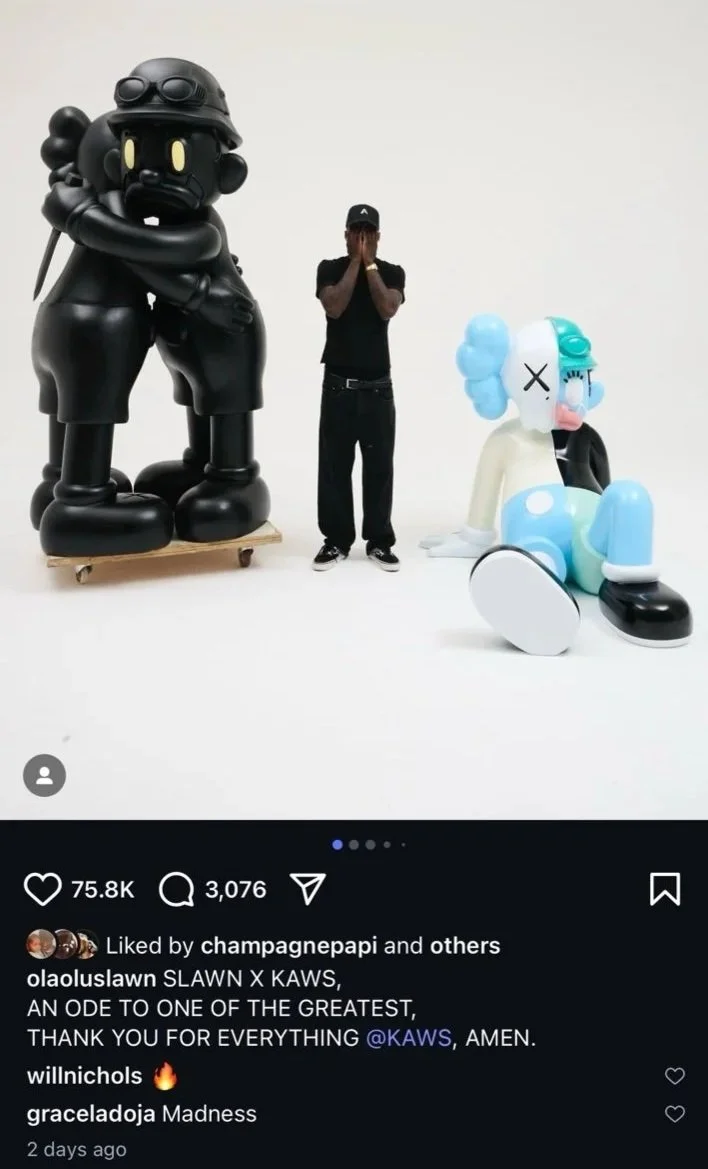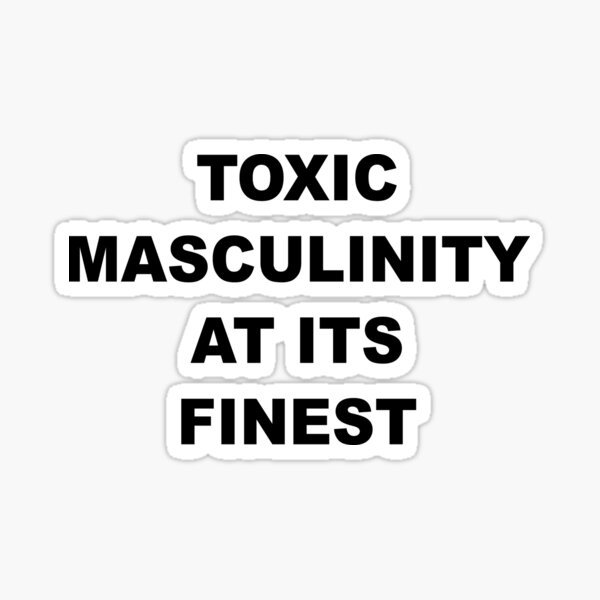There’s a reason every successful family—especially in Black wealth-building—needs a lawyer, accountant, and doctor. These aren’t just career choices; they’re pillars of sustainability, protection, and generational progress. When families have these roles covered, they don’t have to rely on outsiders who may not have their best interests at heart. Instead, they can move as a unit, ensuring that knowledge, resources, and power stay within the family.
I’ve seen firsthand how this plays out. Just recently, I was able to help my cousin for free with a legal issue that could’ve otherwise cost thousands. If I weren’t a lawyer, he might have been forced to settle for whatever public defense or overpriced legal services he could afford. But because I pursued law—strategically, not just for personal gain but as a family asset—I was able to step in. That’s wealth in action, not just in terms of money but in access and security.
The Black Family’s Missing Infrastructure
Black families often struggle with wealth retention, not because of a lack of talent or ambition, but because of a lack of infrastructure. Wealth isn’t just about making money; it’s about keeping it, growing it, and passing it down. Without the right people in place, families lose money to bad contracts, poor investments, unnecessary medical bills, and legal pitfalls.
We’ve seen other communities master this formula. The lawyer ensures no one gets taken advantage of. The accountant ensures money is managed and grown properly. The doctor ensures health remains a priority, keeping the family functioning at full capacity. This setup isn’t a luxury—it’s a necessity.
Passion Still Matters, But So Does Strategy
Now, here’s the caveat: children shouldn’t be forced into careers they hate. That’s how you end up with resentful, underperforming professionals who never reach their full potential. Instead, families should observe their kids early, see what they naturally gravitate toward, and nudge them into paths that align with both passion and practicality.
For me, I always had artistic talent. If I blindly chased that with no strategy, I could have ended up a starving artist, struggling to make ends meet. But I followed my passion with logic and strategy, choosing law as a stable foundation that could fund and empower my creative pursuits. Now, I can create without the pressure of desperation. Success in law makes pursuing art easier, not harder.
A Family Plan for Career Success
The solution isn’t about strict enforcement; it’s about intentionality. Families should sit down and discuss, “Okay, who’s going to take on what? Who’s best suited for law, finance, or medicine? What’s a sustainable way for each child to contribute to the family’s strength?”
This isn’t about limiting options—it’s about expanding them in a structured way. When every member plays their part, the family moves like a corporation, each person contributing to a greater vision.
The ultimate goal? Self-sufficiency, longevity, and generational power. Because when you build a family where the money stays, the knowledge stays, and the resources stay—Black wealth stops being a dream and starts being a reality.
Follow me on x.com/onlyonejaevonn
visit gettothecorner.com



















